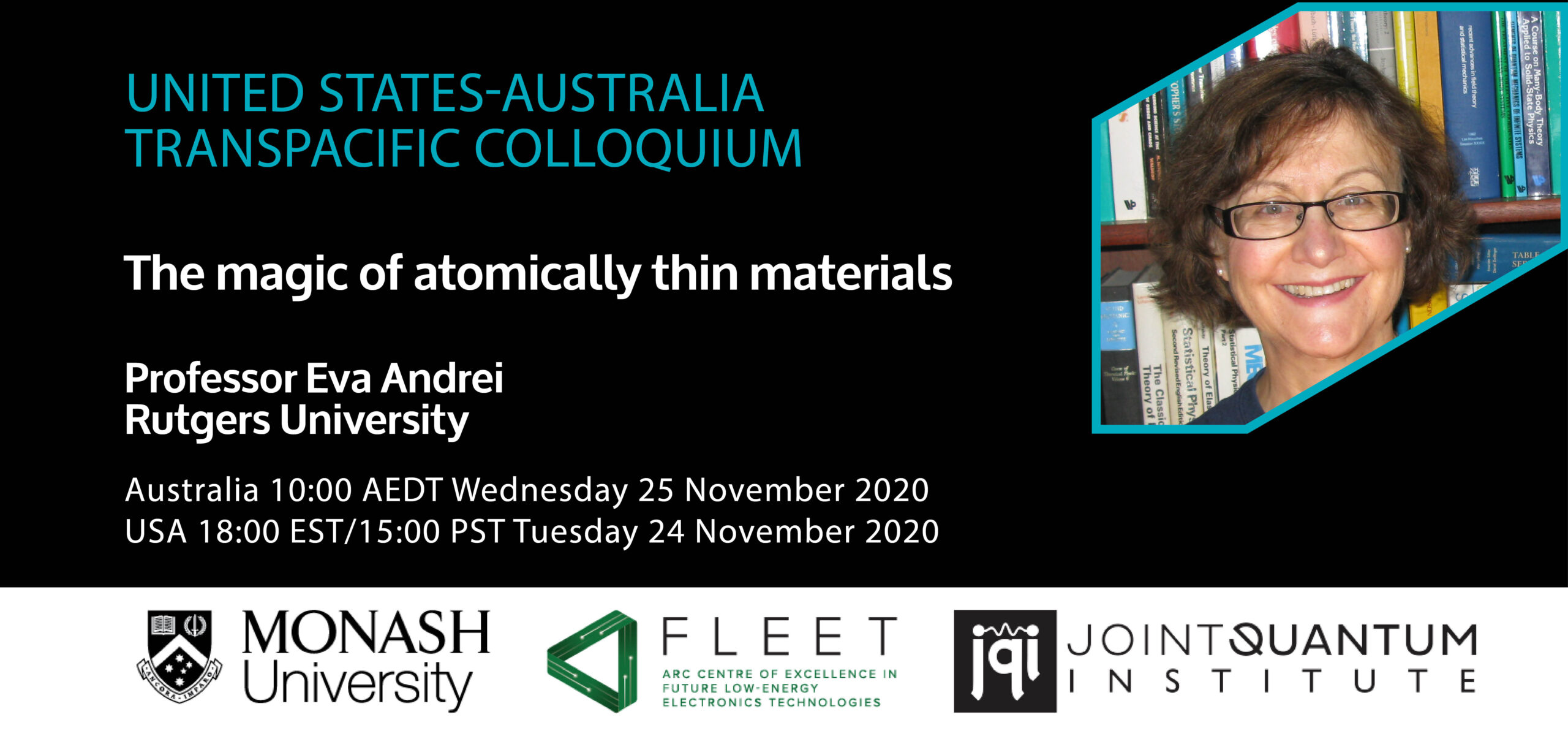-
25 Nov 2020
10:00 am - 11:00 am
Register now.
The magic of atomically thin materials
The realization of two dimensional (2D) atomically thin layers has made it possible to tune the properties of a material without changing its chemical composition, for example by introducing strain, plucking out atoms, or intentionally stacking the layers in various ways.
In particular, by tuning the twist between two superposed graphene crystals to certain magic angles, one can create nearly flat electronic bands where the enhanced Coulomb interactions favor the emergence of correlated states that alternate between superconducting, ferromagnetic or nematic phases at the turn of a knob.
More recently, the discovery of flat bands in graphene membranes that underwent a buckling transition, points the way to new strategies for inducing correlated phases without the exquisitely fine tuning required in twisted bilayers.
In this talk I will cover highlights of this rapidly evolving field from its serendipitous discovery to recent developments.
Professor Eva Andrei (Rutgers University) is an experimental condensed-matter physicist recognized for her work on low-dimensional electron systems, and best known for the discovery of the electronic properties of twisted bilayer graphene, including the observation of van-Hove singularities and the formation of flat bands at small twist angles, the renormalization of the Fermi velocity and more recently the observation of nematic charge order.
Andrei’s 2009 discovery of the fractional quantum Hall effect in graphene was listed by Science magazine among the top 10 scientific breakthroughs of the year. She was awarded the French CEA Medal of Physics for her ground-breaking work on the magnetically induced Wigner crystal in GaAs/GaAlAs heterojunctions.
This talk is part of a new series of talks by US and Australian researchers presenting novel developments in condensed matter and cold atomic physics, enriching connections between the two physics communities. Co-presented by FLEET, Monash School of Physics and Astronomy, and the Joint Quantum Institute .

